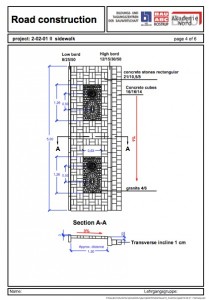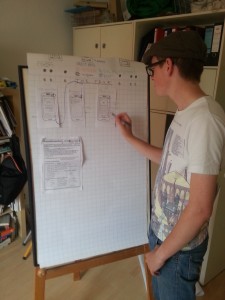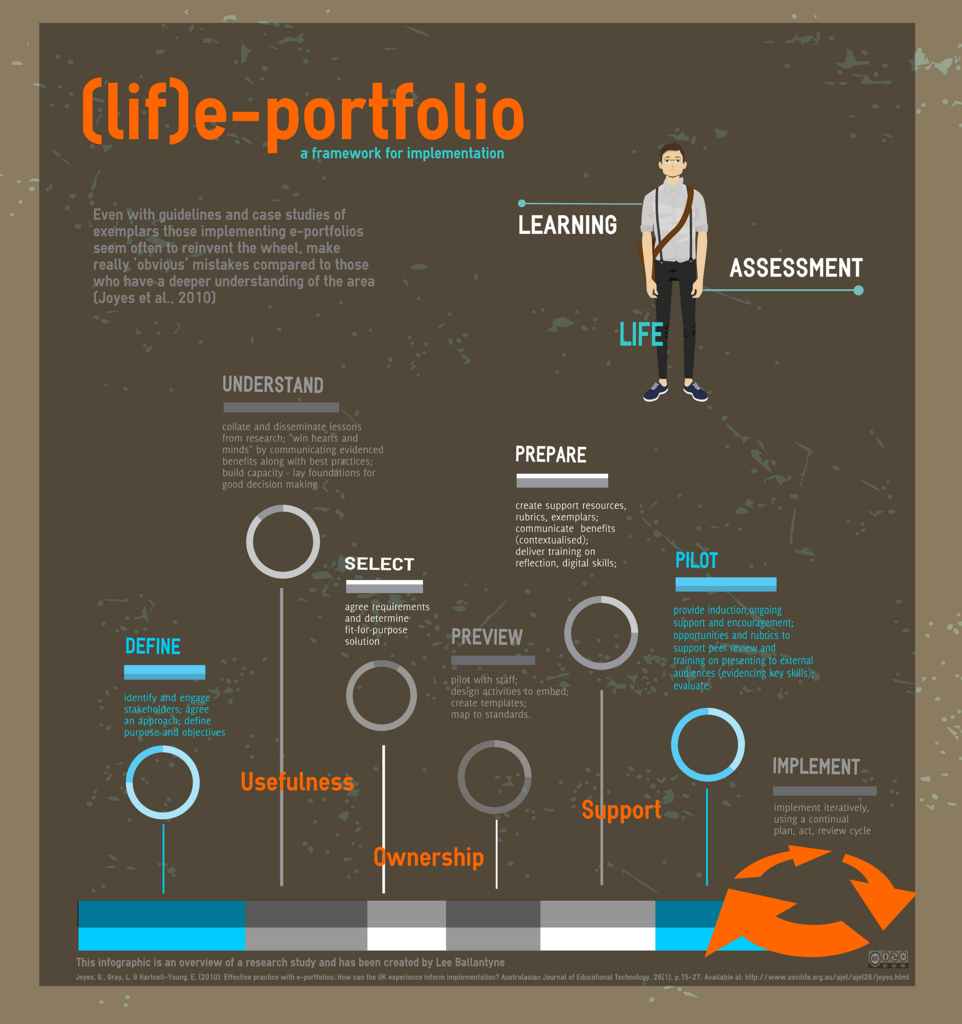Some thoughts about MOOCs
I’ve avoided writing much about MOOCs lately. Not because I am not interested or because I don’ think MOOCs are important, but mainly because I have been overwhelmed by the deluge of announcements and developments, blog posts, studies and lets face it, just hype.
Some couple of weeks ago, I was invited to join a partnership for a tender application to the EU about MOOCs for web developers. So I have spent soem time looking rather more intensively at the literature and trying to make some sense of it. Here are a few observations.
Firstly are MOOCs really disrupting universities. I guess the answer is yes and no. The great majority of MOOCs are free, and despite emergent business models around for example, selling e books or charging for accreditation, there remains question marks over the business models for MOOCs. Of course if the purpose and structure of universities is to provide free and open higher education then this wouldn’t be so important. But in an era where university funding in many countries is increasingly reliant on fees, this does become a major issue.
However, I am by no means convinced that those signing up for MOOCs – and there are a lot of enrolments – are students who would have previously signed up for a fee bearing course. Instead I think the real phenomenon of MOOCs is that they show the massive pent up demand for education. Some of this is to learn new skills but I suspect many participants are just driven by personal interest. Indeed a study we undertook some six or seven years ago on the use of technology for learning in Small and Medium Enterprises (SME) (download book as PDF here), found that although few employers were aware of the potential, many employees were participating in job related on-line learning, more often through participation in communities, out of personal interest.I suspect that MOOCs should better be compared to community and adult education, rather than to university programmes. In some countries such as Germany face to face provision of community education is continuing to thrive, but in other countries like the UK the economic crisis and subsequent cuts in public expenditure have devastated provision.
We also found out through the SME study that most SME employees were not particularly concerned with accreditation and certification – indeed some told us that if the learning programme was to be assessed that would be a deterrent to their participation. So although it is often said that the lack of accreditation or credentialism other than certificates of participation is a problem for MOOCs I am far from convinced this is so.
A further much commented issue is the very high drop out rates – or non completion – on MOOC courses. Once more, I am unconvinced this is a major issue. I suspect that many MOOC curriculum designers may be underestimating the time it takes to properly participate in a course and that of course is a problem. But I suspect that many people are dropping in and out of courses, following the parts in which they are most interested. I suspect that large MOOC providers like edX and Coursera may change their design to provide shorter or unit based programmes.
There is nothing new in this of course. Curriculum designers have been providing modular or unit based courses for years, and despite the danger of incoherence, these have been largely successful. In our study of the use of technology in SMEs, we were surprised at the ability of learners to structure their own learning and to judge the level of learning resources that they needed.
The lack of feedback and support for learners through a MOOC may be a more serious issue. Of course this varies greatly, with cMOOC providers seeking to develop community peer support. I think MOOC designers are going to have to rethink how support can best be developed in the future.
Many observers have pointed out that in reality there is nothing new about MOOCs and in a densely cited Wikipedia article on MOOCs traces their precursors back to the correspondence courses of the late 19th Century. And indeed, although there is considerable innovation in the original cMOOC design, many of the ‘mass produced; MOOCs show little different than online courses which have been available for some time. To that extent MOOCs may just mark the final coming of age of Technology Enhanced Education or whatever we choose to call it. Possibly the interest may reflect a younger generation who have grown up with Google and are used to managing their own learning to a greater or lesser extent through the web. Possibly it may also reflect more ubiquitous connectivity, the spread of mobile devises and the ease of producing, distributing and consuming video. Indeed perhaps most worrying is that many MOOCs retain the weakness of previous incarnations of online learning with little interactivity or social learning.
having said this, there are many flavours of MOOcs and I suspect that we will see more and very different models develop over the next year or so. Perhaps calling them all MOOcs is not particularly helpful and there have been many suggestions of different names of different varieties. Yet the term MOOC has seized public attention – or more prperly the attention of teh press. Incidentally, the fact that some of the more right wing news media are using MOOCs to announce the end of public education should not put us off; such pronouncements can be found with the advent of radio and television as well.
More important is the learner experience and here more work is needed on design rubrics and evaluation tools: data mining cannot provide sufficient feedback alone.
My own interest is in the potential of MOOCs for vocational and occupational learning, both initial training and perhaps more importantly continuing education and training. Here I think their are some significant challenges which I will write more of tomorrow.






